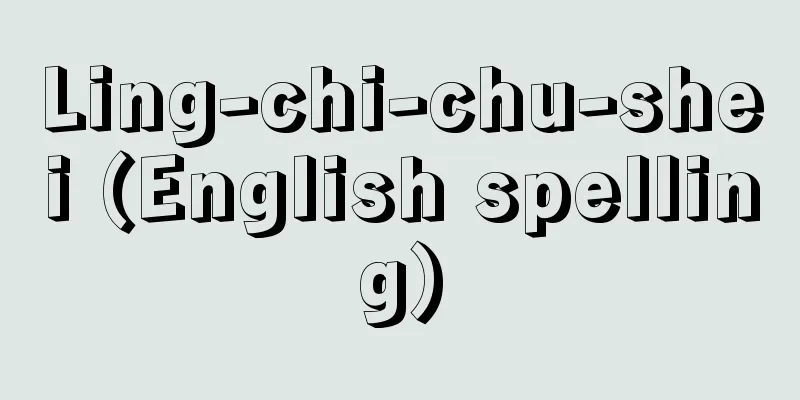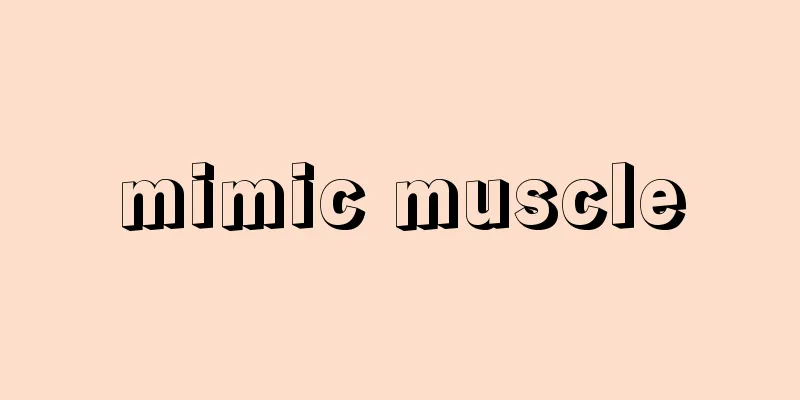Ling-chi-chu-shei (English spelling)

|
This was a capital punishment practiced in China from the 10th to the 19th centuries. It involved removing the flesh from a living person while leaving the bones, or cutting off the body. This punishment was imposed without mercy when people rebelled against their monarch, when children killed their parents, when wives or concubines killed their husbands, or when employees or slaves killed their masters. It is the most blatant example of the power control during the Chinese dynasties. Source: Encyclopaedia Britannica Concise Encyclopedia About Encyclopaedia Britannica Concise Encyclopedia Information |
|
中国の 10世紀から 19世紀にいたる間に行われた極刑。生体のまま肉を取去って骨を残す,あるいは支体を断つ死刑の執行法。人民が君主にそむいたり,子が父母を,妻妾が夫を,雇人や奴隷が主人を殺したりしたようなとき,仮借なくこの刑が科された。中国王朝期の権力支配を最も露骨に示すものといえる。
出典 ブリタニカ国際大百科事典 小項目事典ブリタニカ国際大百科事典 小項目事典について 情報 |
Recommend
Amuro - Amuro
…The Nederlandsche Bank, the central bank and sol...
Nuclear heat utilization
Of the energy required by society, heat accounts f...
Canada - Kanada (English spelling) Canada
Overview A member of the Commonwealth of Nations,...
Oniezushi - Oniezushi
...Chirashi-zushi is often called gomoku-zushi in...
Visconti family - Visconti
A noble family that ruled Milan and northern Italy...
Tamanawa
The name of a place in Kamakura City, Kanagawa Pre...
Globokar - Vinko Globokar (English spelling)
1934‐ Yugoslav trombonist and composer. He studied...
torrent duck
...(3)Merganettini: They live in mountain streams...
Golgi, Camillo
Born: 1843/1844.7.9 Cortena [Died] January 21, 192...
Penicillium chrysogenum
…[Tsubaki Keisuke]. . . *Some of the terminology ...
Han-Tibetan language family
…a large language family that is distributed over...
"Africa: The People and Their Cultural History" - Africa
... In 1952, C.O. Sauer, in his book Agricultural...
Tachibanazono
Scattered fields in Kawabe County, Settsu Province...
Ebisu Shrine
...Like Bunraku, it is performed by three gidayu ...
Population density
The number of people per unit area. Generally, thi...









